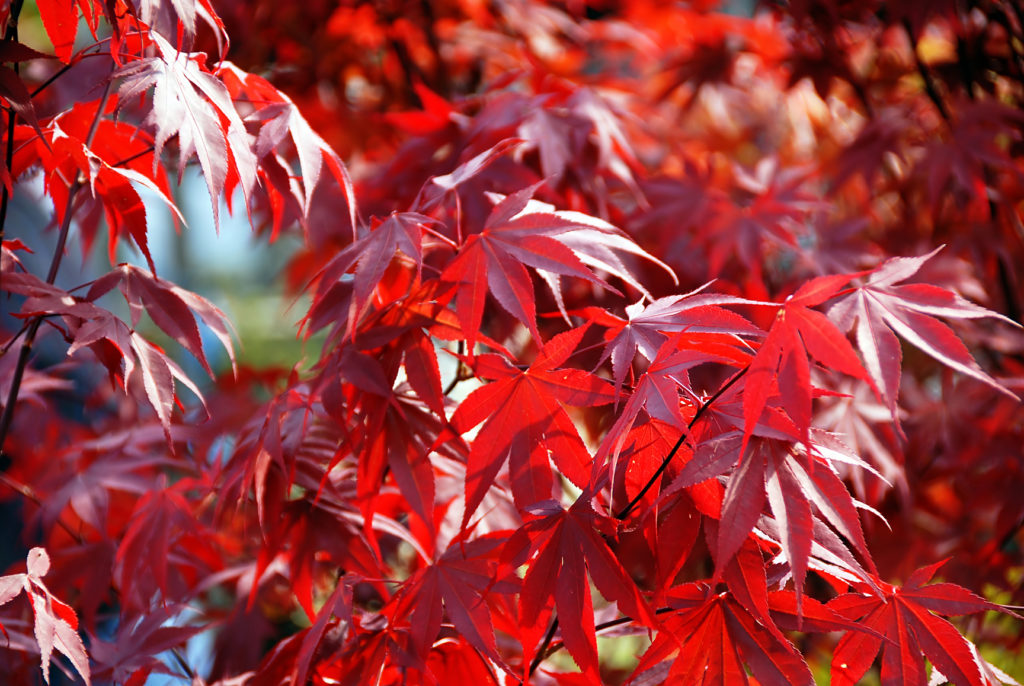Japanese Maple ‘Baton Rouge’
Acer palmatum
“It brings me courting every day to watch its leaves unfold like tiny delicate hands opening to the sun…”
Katherine Grace Endicott is talking about Japanese Maples and the joy and awe they bring in Spring “when the emerging pastel foliage is blushed with very fine silvery-gray…”and then in Summer when “the emerging past foliage … turns deep red in summer…”
In our area, the southwest corner of the East Texas Piney Woods, we may not see the deep red foliage in fall unless you buy a red variety that is purple-red in color. Why is that? It does not get cold, long enough. When temperatures are cold and above freezing chlorophyll in the leaves starts degrading especially on overcast days and the yellow and brown colors become more prominent. When days are cold and sunny but above freezing, anthocyanins are manufactured producing that beautiful red color.
To be successful in growing Japanese Maples, Acer Palmatum in Southern Texas you have to grow the right variety that can take the heat, enough water to keep the roots cool in summer and dappled shade. After all, Japanese Maples are native to the mountainous regions in Japan where they have been cultivated for centuries. A favorite pastime in Japan is “hunting for autumn foliage.” People all over the country look for the best spot to see the red, orange, and yellow leaves.
Baton Rouge is a variety that can take the Texas heat provided it is grown with some protection from the intense summer heat. It is a mid-sized coral bark Japanese Maple that can grow to 10-12 ft at maturity. The cultivar, Baton Rouge, originated at Doremus Wholesale Nursery in Warren, Texas and named Baton Rouge in the late 1990’s. I planted Baton Rouge close to a pine tree facing north where it has thrived for the past four years and is now 7ft tall.

Fireglow
Other heat tolerant varieties that do well in our area are Bloodgood, Crimson Queen, Fireglow, Emperor 1, Sangu Kaku another coral bark maple, Seiyru, and Orangeola. Most of the smaller sized Japanese Maples do well in pots if grown where they get morning sun and afternoon shade.
Japanese Maples have a very shallow root system and need to be planted with at least one third of the root ball above soil level. Dig the hole twice as wide but not too deep and add a 50/50 mix of pine bark mulch and/or landscaper’s mix. A good helping of expanded shale is especially helpful if you have hard clay in your soil. Japanese Maples dislike wet feet and nothing kills them faster than a couple of inches of standing water after one of our monsoons. Make sure the root area is mulched and water every 4 to 5 days during the hot days of summer.
Most Japanese Maples are slow growing and it may take 10 years to see them at maturity.